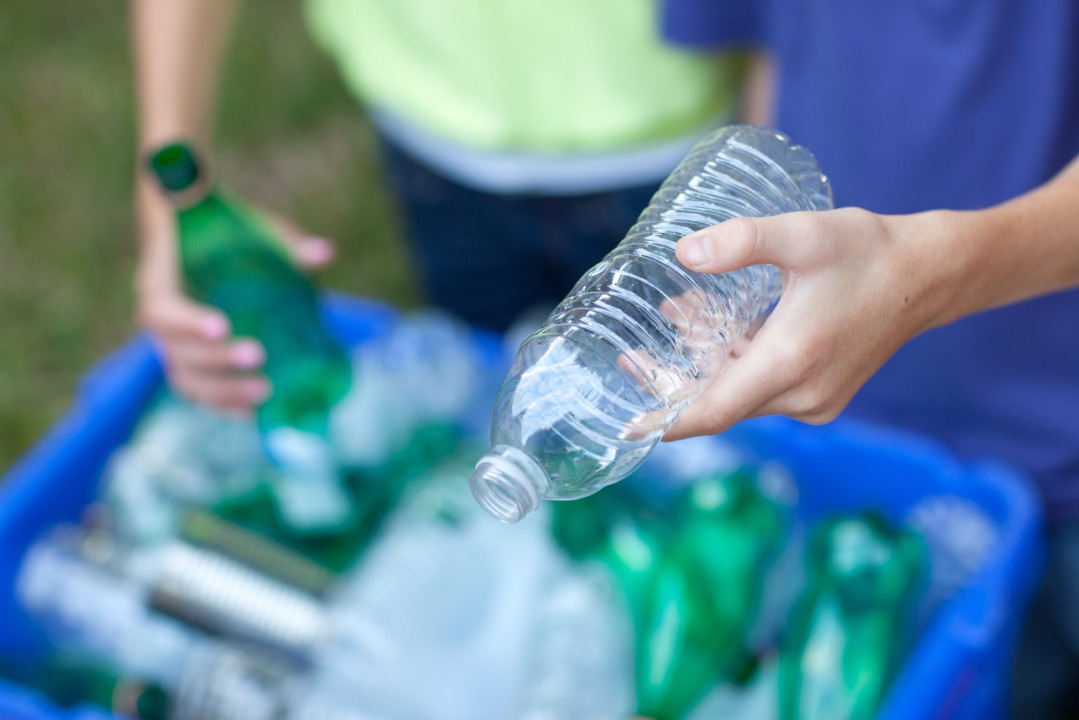Challenges and Opportunities in PET Recycling

In our quest for a more sustainable future, recycling has become a focal point of global efforts. Polyethylene terephthalate, commonly known by its acronym PET, is one of the most recycled plastics, used extensively in consumer products like water bottles and packaging. However, like any worthwhile endeavor, PET recycling faces a myriad of challenges and presents numerous opportunities. For eco-conscious individuals, businesses, and policymakers looking to make a positive impact, understanding the landscape of recycle PET is crucial.
Why PET Recycling Matters
PET recycling is a vital component in reducing plastic waste and its detrimental effects on the environment. Recycling PET not only conserves resources but also decreases the amount of waste that ends up in landfills and oceans. This process plays a significant role in mitigating climate change by reducing greenhouse gas emissions from plastic production. By turning used PET into new products, we can help create a circular economy where materials are continually reused, resulting in less environmental degradation.
The Global Scope of PET Recycling
Increasing Demand for PET Products
The global consumption of PET products is on the rise, driven by the popularity of convenience goods. From beverage bottles to food containers, PET’s lightweight and durable nature makes it a preferred material for manufacturers. However, this increasing demand also underscores the need for effective recycling systems to manage the growing volume of PET waste.
International Efforts and Policies
Countries around the world are implementing policies and initiatives to promote PET recycling. From mandatory recycling programs to incentivizing the use of recycled PET in manufacturing, governments are taking steps to enhance recycling rates. These efforts are crucial in setting standards and expectations that drive the industry forward.
Technological Advancements in Recycling
Innovative technologies are revolutionizing the PET recycling industry. Advanced sorting systems, chemical recycling, and improved collection methods are making the recycling process more efficient and cost-effective. These technological advancements hold the promise of increasing the quality and quantity of recycled PET, thereby extending its lifecycle.
The Challenges in PET Recycling
Contamination Issues
One of the significant challenges in PET recycling is contamination. Food residues, labels, and other materials can compromise the quality of recycled PET. Addressing contamination requires robust sorting and cleaning processes, which can be resource-intensive and costly. Educating consumers on proper recycling practices is essential to minimizing contamination at the source.
Economic Viability
The economic aspects of PET recycling pose another challenge. Fluctuations in the market value of recycled PET, coupled with the costs associated with collection, transportation, and processing, can impact the financial sustainability of recycling programs. It is essential to develop economic models that support the profitability of recycling initiatives while ensuring that they remain accessible and efficient.
Limited Recycling Infrastructure
In many regions, the infrastructure for PET recycling is inadequate, resulting in lower recycling rates. Expanding and modernizing recycling facilities, improving collection systems, and investing in logistics are necessary steps to enhance the overall efficiency and capacity of PET recycling. Building a robust infrastructure is a critical part of scaling up recycling efforts globally.
Opportunities in PET Recycling
Economic Benefits
Despite the challenges, PET recycling offers substantial economic benefits. Recycling creates jobs in collection, processing, and manufacturing industries. Furthermore, using recycled PET can reduce production costs for manufacturers, as it often requires less energy and raw materials compared to producing new PET. These economic advantages make PET recycling an attractive option for businesses looking to improve their bottom line while contributing to sustainability.
Environmental Impact
The environmental benefits of PET recycling are manifold. Recycling reduces the demand for virgin materials, conserving natural resources and decreasing energy consumption. It also lowers greenhouse gas emissions associated with plastic production and waste incineration. By reducing plastic pollution, PET recycling helps protect ecosystems and marine life, contributing to a healthier planet.
Community Engagement
PET recycling initiatives can foster community engagement and awareness. Educational campaigns and community-based recycling programs encourage individuals to take an active role in sustainability efforts. By involving communities, we can create a culture of recycling that extends beyond PET to other materials, amplifying the positive impact on the environment.
Future Prospects
Improved Recycling Technologies
The future of PET recycling holds exciting prospects with the continuous advancement of recycling technologies. Innovations such as chemical recycling, which breaks down PET into its original monomers for reuse, can significantly enhance recycling efficiency and output quality. These technologies have the potential to transform the recycling landscape, making it more sustainable and effective.
Policy and Regulatory Support
Supportive policies and regulations are vital for the growth and success of PET recycling. Governments can play a crucial role by implementing measures that mandate recycling, provide incentives for using recycled materials, and invest in recycling infrastructure. Collaboration between public and private sectors is key to driving systemic changes that will benefit the environment and society.
Consumer Awareness and Participation
Ultimately, the success of PET recycling hinges on consumer awareness and participation. Educating the public about the importance of recycling, proper disposal methods, and the impact of their actions can lead to higher recycling rates and reduced contamination. Encouraging responsible consumption and waste management practices will be essential in building a sustainable future.
Conclusion
PET recycling presents both challenges and opportunities, each offering valuable insights into the path forward. While contamination, economic viability, and infrastructure limitations pose significant hurdles, the economic, environmental, and community benefits offer compelling reasons to invest in and support PET recycling. By leveraging technological advancements, fostering community engagement, and advocating for supportive policies, we can overcome these challenges and unlock the full potential of PET recycling. Together, we can transform trash into treasure and pave the way for a more sustainable future.
Explore more about how you can contribute to PET recycling efforts and make a positive impact on the environment. Join the movement today and be a part of the solution.





